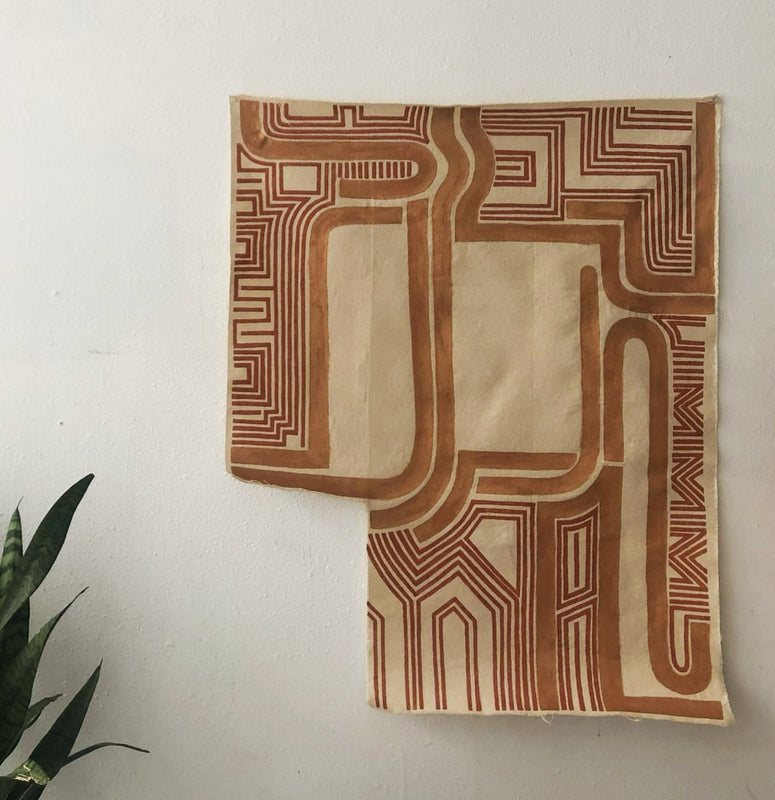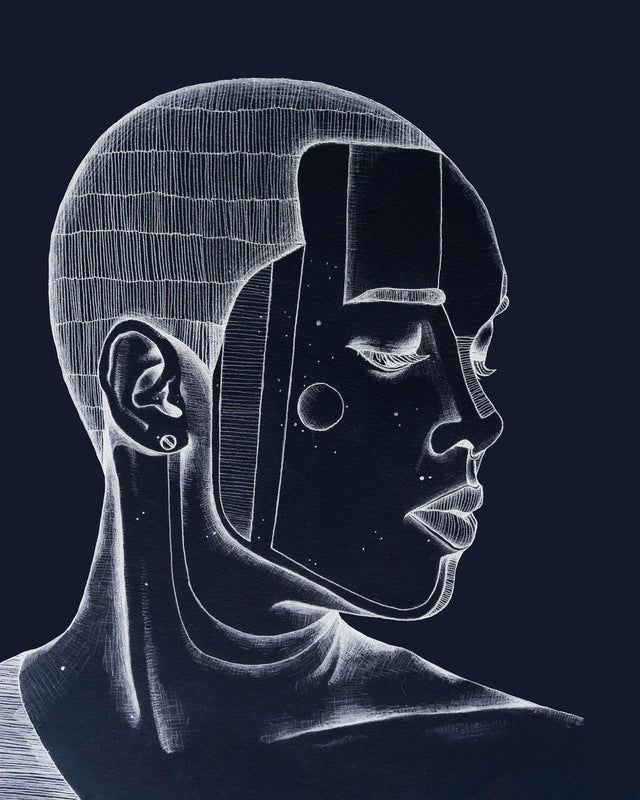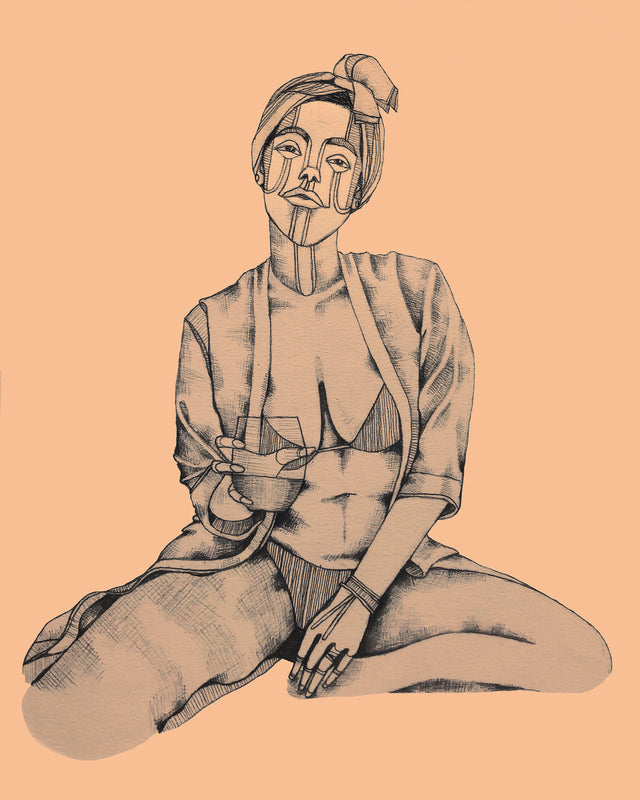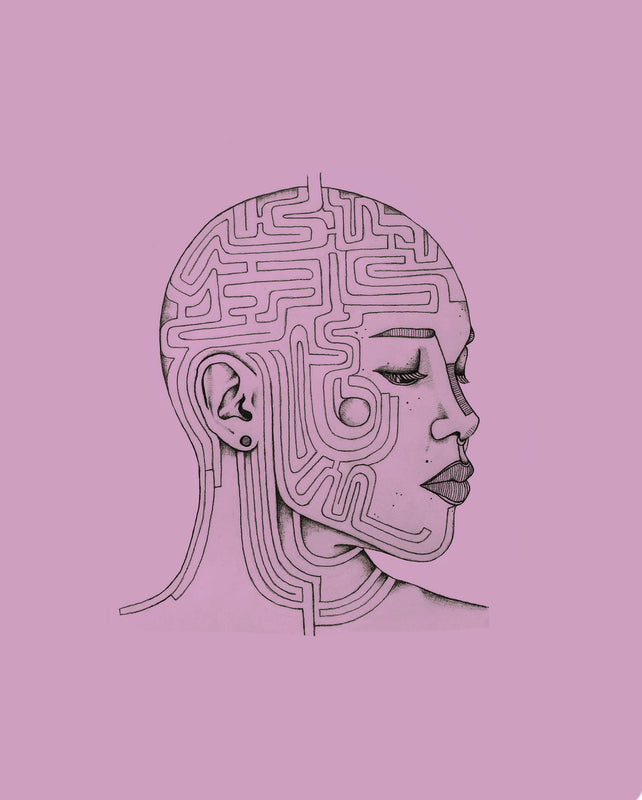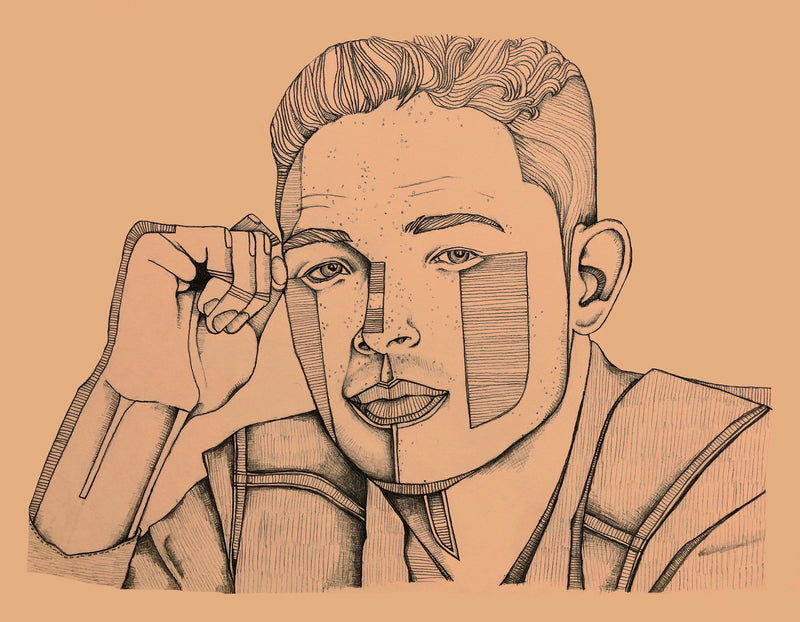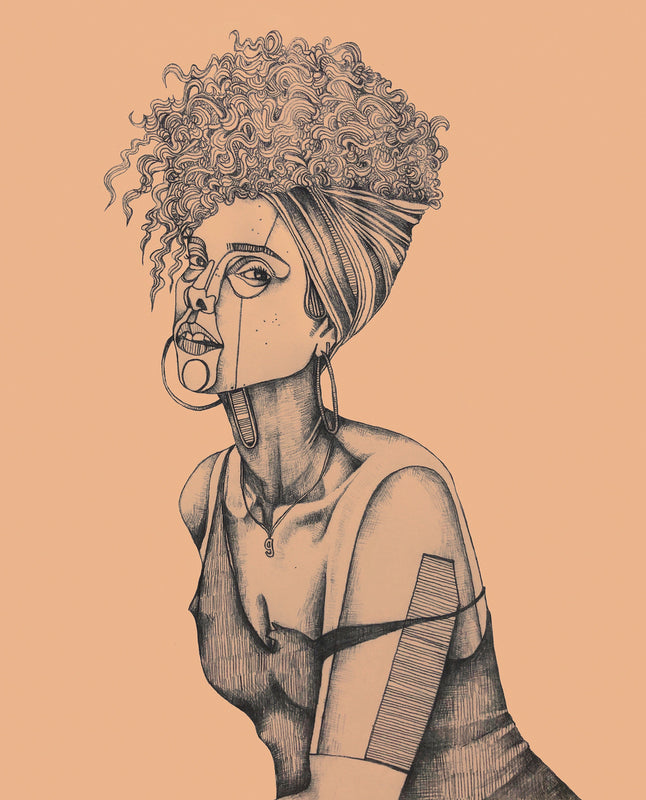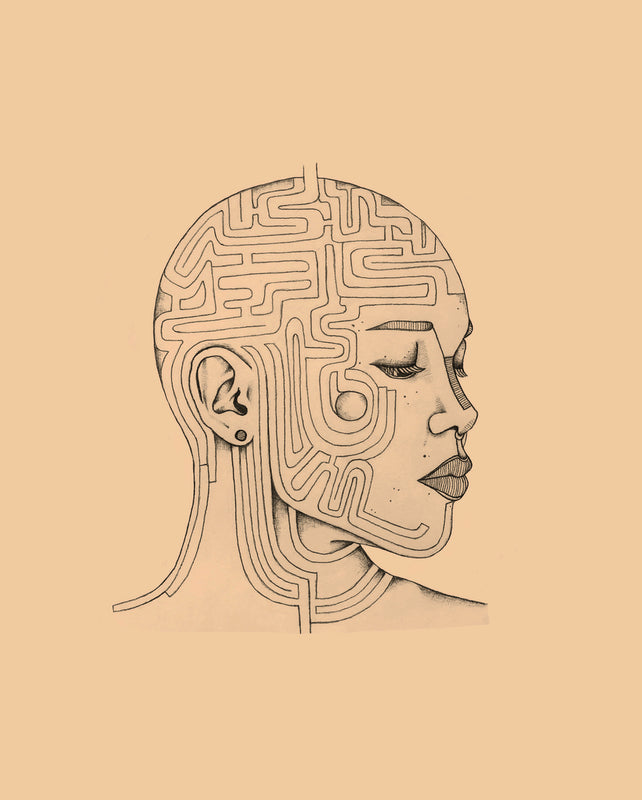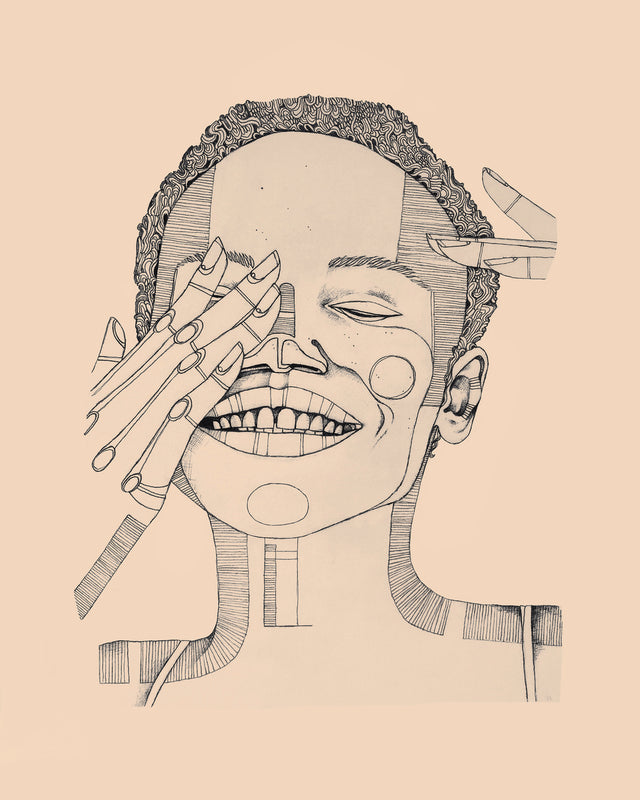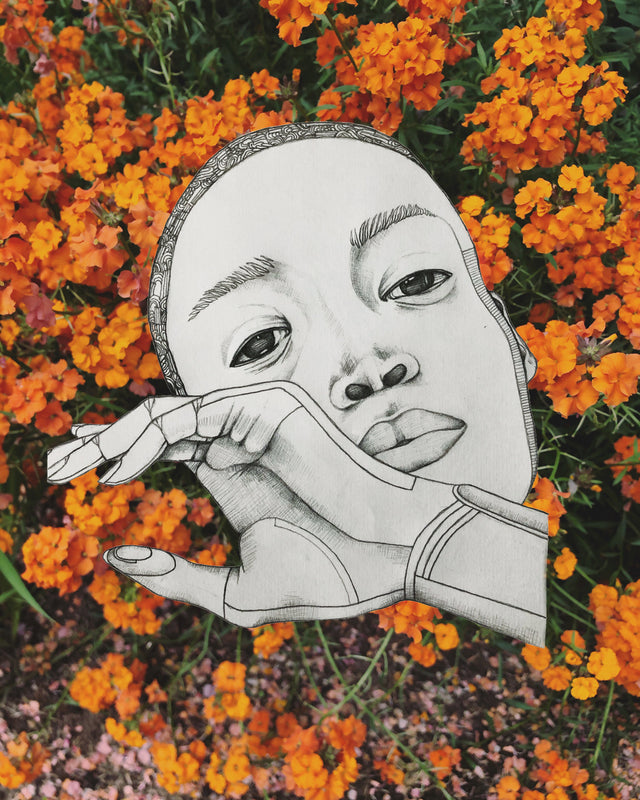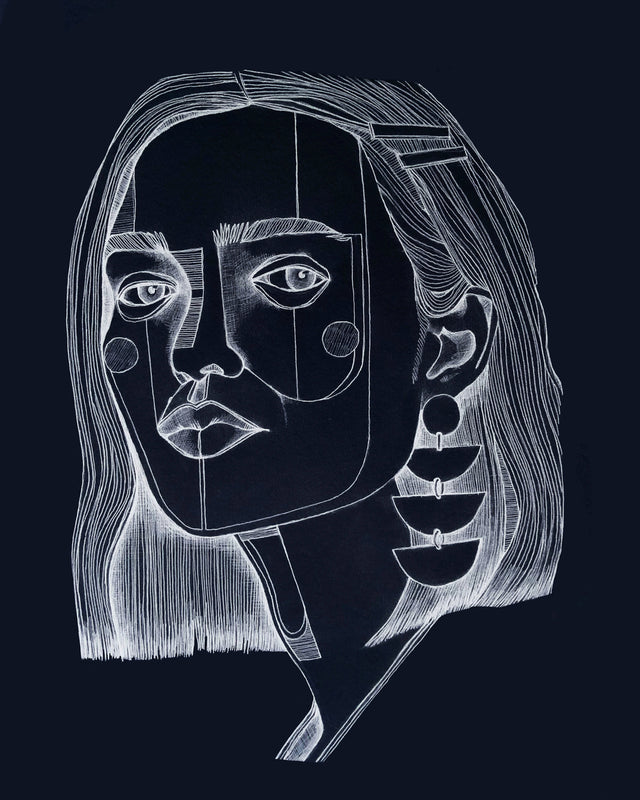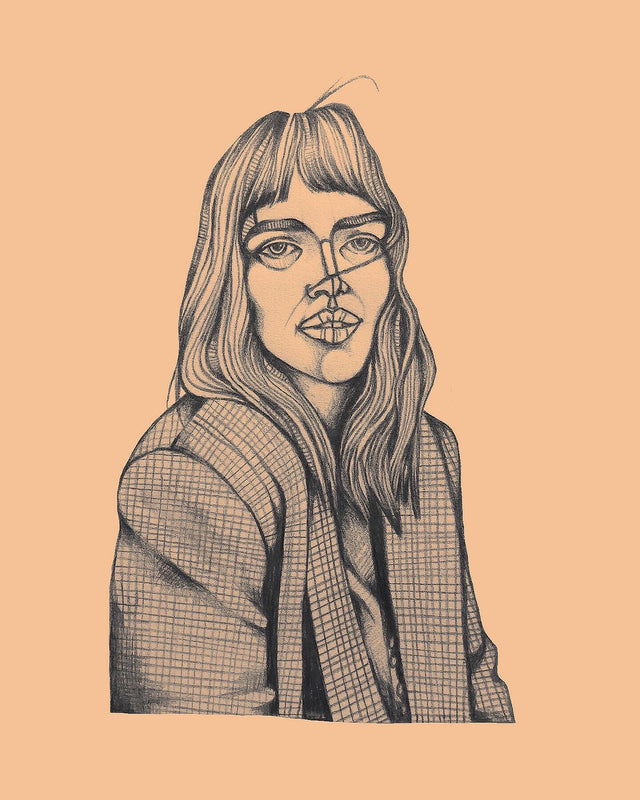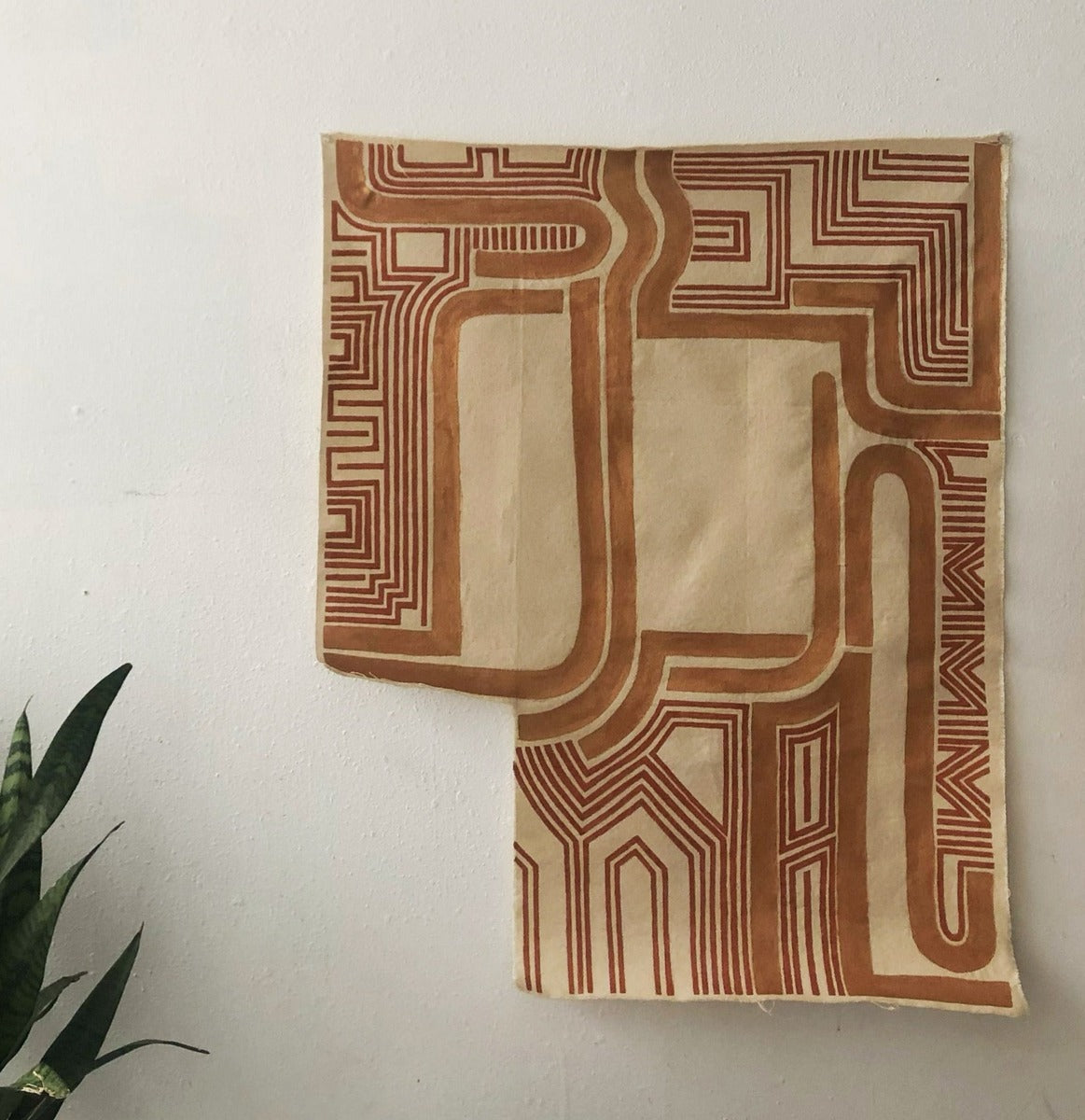
Celia Eddy
Bio
Born in Michigan, raised a little outside of Detroit. Celia moved to the PNW about 9 years ago and is currently living in Seattle where she works as a freelance artist. In addition she works part time for a couple of small local businesses helping with operations, and design work. In free moments she spends a lot of time outside biking, hanging with friends and experimenting with new creative ideas.
Artist Statement
Celia’s creative process is a continuous journey to morph, and grow her core style onto as many surfaces as she can find. Her most frequent mediums involve paper, fabric, wood, and the human body and face. She draws portraits and detailed abstract designs using a personal style of which she has given the name Mechanical Garden for its mechanical appearance and for the way it grows on any surface it is placed on.
The nature of Mechanical Garden design is adaptive and moves with the textures and shapes it is being placed on, grown on. Not unlike moss or mold, the design can be found taking over full surfaces or clinging to corners and edges. In Celia’s portrait work, her design often simulates the look of hair on the head or face and branches out into longer threads accentuating facial and bodily features, giving the subject a fairly robotic look.

Please wait, it may take sometime ...
1-Always Use "Landscape" mode Layout in print settings.
2-Use default margins.
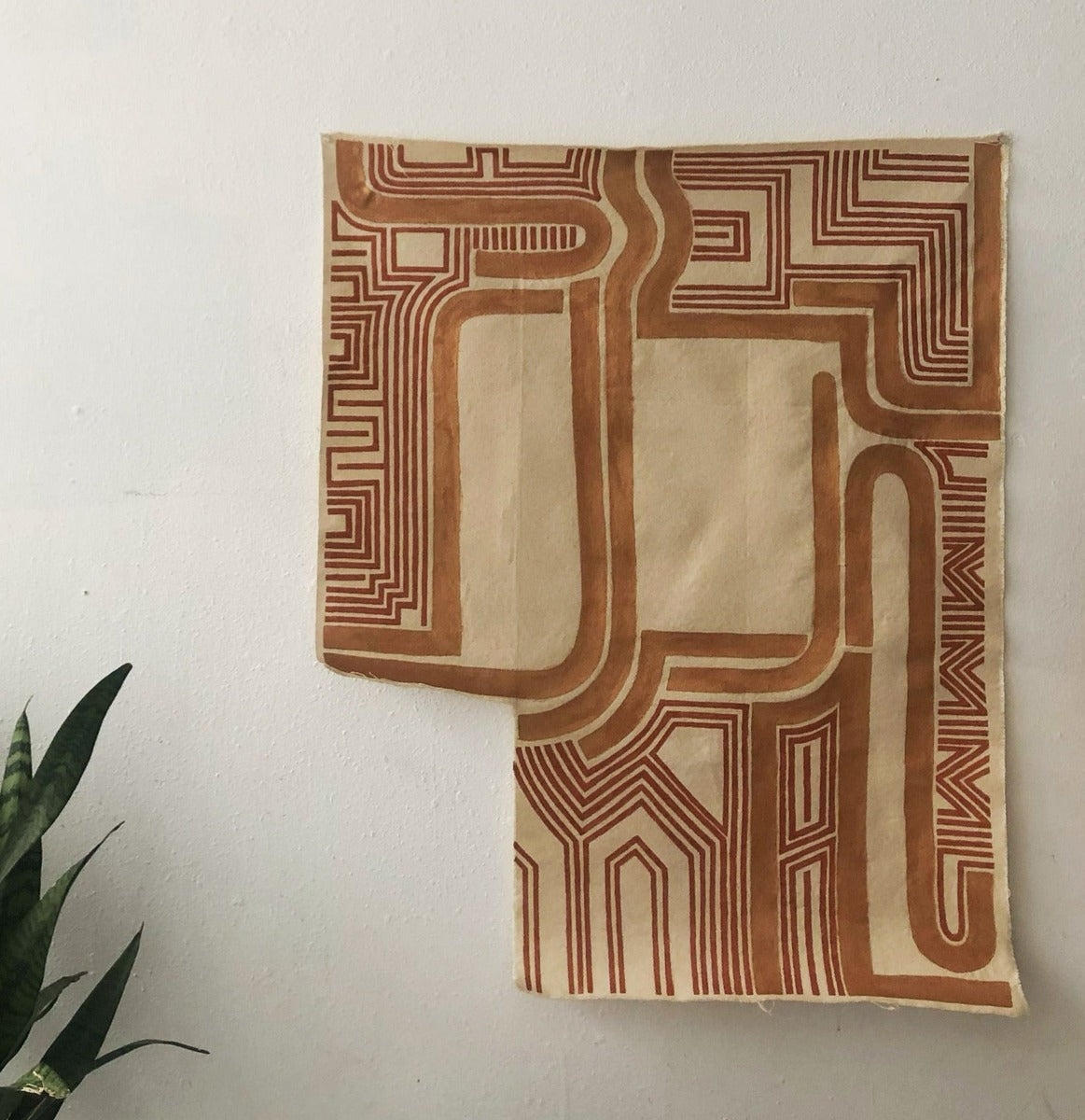
Celia Eddy
Celia’s creative process is a continuous journey to morph, and grow her core style onto as many surfaces as she can find. Her most frequent mediums involve paper, fabric, wood, and the human body and face. She draws portraits and detailed abstract designs using a personal style of which she has given the name Mechanical Garden for its mechanical appearance and for the way it grows on any surface it is placed on.
The nature of Mechanical Garden design is adaptive and moves with the textures and shapes it is being placed on, grown on. Not unlike moss or mold, the design can be found taking over full surfaces or clinging to corners and edges. In Celia’s portrait work, her design often simulates the look of hair on the head or face and branches out into longer threads accentuating facial and bodily features, giving the subject a fairly robotic look.

